A ski jumpsuit is a specialized garment designed for winter sports enthusiasts, providing a combination of warmth, protection, and mobility. Typically, a ski jumpsuit is a one-piece garment that covers the body from neck to ankle, offering an integrated solution for skiers and snowboarders who demand performance-oriented attire that can withstand the rigors of alpine environments.
Types and Characteristics of Ski Jumpsuits
The ski jumpsuit market offers a diverse range of products to suit various skiing styles and conditions. From the sleek and aerodynamic mens ski jumpsuit designed for high-speed downhill racing to the stylish and comfortable ski jumpsuit for women, each type is tailored to meet specific needs. The ladies ski jumpsuit often features additional insulation and fur-lined hoods for extra warmth and style. For those looking for a unique aesthetic, the retro ski jumpsuit provides a throwback look with modern materials and insulation technologies. High-performance options like the spyder ski jumpsuit are engineered with competitive athletes in mind, offering superior mobility and weather resistance. The goldbergh jumpsuit represents the luxury segment, with premium materials and fashion-forward designs. For the environmentally conscious, there are eco-friendly options made from recycled materials, reflecting the growing trend towards sustainability in ski apparel.
Structure and Operation of Ski Jumpsuits
The structure of a snow ski jumpsuit is a complex assembly designed to maximize comfort and functionality. The core of the jumpsuit is the insulation layer, often made from advanced synthetic materials that trap heat efficiently. The outer shell is typically a laminated fabric with a waterproof membrane and a durable water-repellent (DWR) coating to shed moisture. Taped seams and waterproof zippers prevent water ingress. The inner lining is usually a soft, moisture-wicking fabric that keeps the skin dry. For ease of movement, articulated joints are incorporated into the design, and for convenience, multiple pockets are strategically placed to store essentials. Reflective elements may be added for visibility, and adjustable hoods and powder skirts enhance protection against the snow. The operation of a ski jumpsuit involves utilizing these features to adapt to changing weather conditions and personal comfort levels while skiing.
Materials and Their Properties
The selection of materials in a ski jumpsuit is critical for performance. Polyester and nylon provide the rugged exterior needed to resist tears and abrasions. These fabrics are often chosen for their favorable strength-to-weight ratios and inherent water resistance. Spandex or elastane is integrated to give the garment stretch, allowing for a full range of motion. For insulation, materials such as Thinsulate or PrimaLoft offer warmth without the bulk of traditional down. The use of Gore-Tex or similar membranes ensures that the jumpsuit remains breathable, preventing moisture buildup from perspiration while blocking out wind and water. These materials are meticulously chosen to balance warmth, durability, and flexibility, ensuring that the ski jumpsuit can endure the demanding conditions of winter sports.
Business Usages and Applications
Ski jumpsuits are indispensable in various business settings. Ski resorts employ them as part of the uniform for instructors and patrol staff, ensuring that employees are easily identifiable and protected against the elements. In the competitive realm, custom ski jumpsuits are designed for teams and individual athletes, providing both branding opportunities and performance advantages. Rental businesses benefit from the durability and versatility of multi-size jumpsuits, accommodating a wide range of customers and reducing the need for extensive inventories. Additionally, ski jumpsuits are used in polar expeditions and in industries where working conditions are frigid, demonstrating their versatility and utility in extreme environments.
Functions of Ski Jumpsuits
The primary function of a ski jumpsuit is to maintain the wearer's core temperature in cold environments while allowing for maximum mobility. It serves to protect against the elements, including snow, wind, and even minor abrasions from falls. Advanced functions of ski jumpsuits may include integrated heating systems, GPS trackers for safety, and specialized pockets for ski passes and audio devices. The design also typically allows for easy layering underneath, enabling the wearer to adjust their level of warmth according to the weather conditions.
Features and Unique Selling Points
Each ski jumpsuit comes with a set of features that enhance its appeal and functionality. Ventilation systems help regulate body temperature during intense physical activity, while reinforced areas on the knees and seat increase durability. Some jumpsuits offer removable hoods and sleeves, transforming the garment for different weather conditions and personal preferences. Unique selling points may include lightweight construction for competitive skiing, or the use of sustainable materials that appeal to eco-conscious consumers. The integration of smart textiles with responsive heating elements and connectivity to mobile devices is another innovative feature that sets some jumpsuits apart from the competition.
Benefits and Positive Outcomes
Wearing a ski jumpsuit provides numerous benefits, such as consistent thermal regulation and protection from wet and cold conditions, which can prevent hypothermia and enhance the overall skiing experience. The design of the jumpsuit also supports freedom of movement, which is crucial for performing at one's best on the slopes. For ski professionals and instructors, the jumpsuit is a part of their identity and professionalism, instilling confidence in their clients. For the casual skier, the jumpsuit offers a hassle-free solution compared to coordinating separate pieces of ski wear.
How to Use and Operate Ski Jumpsuits Effectively
To use a ski jumpsuit effectively, one must understand how to utilize its features. This includes adjusting the ventilation according to activity level, securing the powder skirt to prevent snow from entering the suit, and using the pockets to keep essentials accessible. It's also important to layer appropriately underneath the jumpsuit, depending on the weather conditions, to maintain optimal body temperature.
How to Choose the Right Ski Jumpsuit?
Choosing the right ski jumpsuit involves considering the specific conditions in which it will be used, such as temperature and weather patterns. The fit should allow for comfortable layering and easy movement. Features like hood compatibility with helmets, pocket placement, and insulation type should align with the skier's preferences and needs. For those involved in high-impact skiing, looking for jumpsuits with added protection and durability in high-wear areas is essential.
How to Clean and Maintain Your Ski Jumpsuit
Cleaning and maintaining a ski jumpsuit is crucial for extending its lifespan and maintaining its performance features. It's important to follow the care instructions provided by the manufacturer, which typically include washing on a gentle cycle with a technical fabric cleaner, avoiding fabric softeners, and air drying. Periodic re-waterproofing and seam sealing can help maintain the jumpsuit's water resistance.
Target Audience and Meeting Their Needs
The target audience for ski jumpsuits is diverse, encompassing everyone from professional skiers and snowboarders to families enjoying a winter vacation. For professionals, the jumpsuit must offer the highest level of performance and durability. Recreational users may prioritize comfort and style, while parents will look for jumpsuits that offer growth features and durability for their children. Each product is designed with these specific needs in mind, ensuring that there is a ski jumpsuit for every type of winter sport enthusiast on Alibaba.com.
What are the latest trends in ski jumpsuit designs?
The latest trends in ski jumpsuit designs include eco-friendly materials, bold prints, and multifunctional elements that transition from slopes to après-ski settings. Designers are increasingly focusing on sustainability, with recycled fabrics becoming more prevalent.
How does a ski jumpsuit improve performance on the slopes?
A ski jumpsuit improves performance by providing a seamless barrier against the elements, reducing drag, and allowing for unrestricted movement. The integration of advanced fabric technologies enhances the wearer's comfort and ability to maintain optimal body temperature in cold conditions.
Can a ski jumpsuit be customized for team uniforms or personal style?
Yes, customization options are available for ski jumpsuits, making them ideal for team uniforms or personal expression. Many suppliers on Alibaba.com offer OEM services to accommodate specific design requirements, such as color schemes, patterns, and logos.




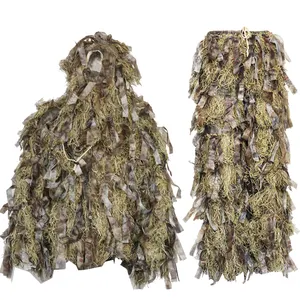


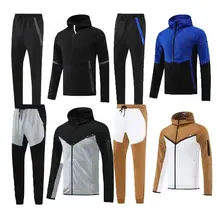


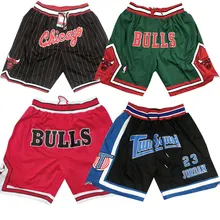
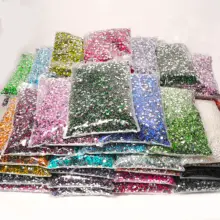




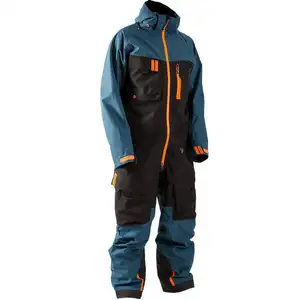

























 浙公网安备 33010002000092号
浙公网安备 33010002000092号 浙B2-20120091-4
浙B2-20120091-4